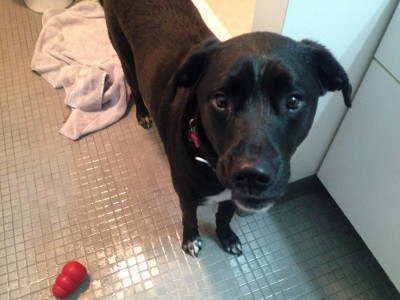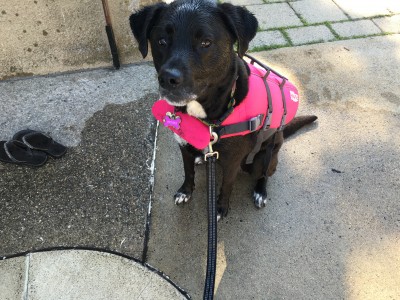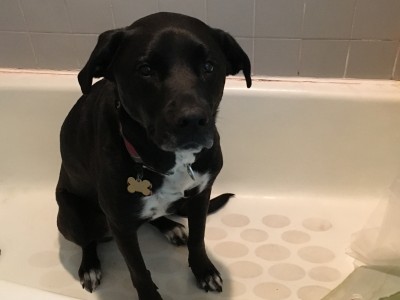No, using the manual syringe/vial method is NOT the same as using an epinephrine autoinjector
I have a lot of inflammatory things to say about the current economic situation for patients who need epinephrine autoinjectors but for now, I’m going to stick to dispelling the most damaging myth I have seen spreading like wildfire.
No, manually drawing epinephrine from a vial or ampule into a syringe and then administering is NOT the same as using an autoinjector.
The American Academy of Allergy, Asthma & Immunology is a professional organization that regularly publishes updated practice parameters on the treatment of anaphylaxis. In their 2015 Anaphylaxis Practice Parameter Update, the AAAAI recommended that providers “prescribe two doses of auto-injectable epinephrine for patients who have experienced an anaphylactic reaction and for those at risk for severe anaphylaxis.”
This publication also addresses commonly disputed situations relating to anaphylaxis such as when and how to administer epinephrine to patients in special populations, like children under the weight range for Epipen Jr (33 pounds). The recommendation in the practice parameter was to use an Epipen Jr rather prescribe a syringe and vial of epinephrine for the parents to administer a smaller dose. The justification for this recommendation given in the 2015 Anaphylaxis Practice Parameter Update is that “…underdosing might not effectively treat anaphylaxis, giving a dose that is slightly above the ideal dose appears to be a better option than giving a dose that is below the recommended dose.”
A 2001 study by Simons et al. assessed how long it takes parents to manually draw up epinephrine from a vial. They also determined how long this took for resident physicians, general duty nurses and ER nurses. The results are in table 1 below.
| Table 1: Mean time to draw up dose of epinephrine, range of time and variation in drug concentration | |||
| Group | Mean time to draw up dose | Range of time | Variation in epinephrine content within group |
| Parents | 142 ± 13 seconds | 83-248 seconds | Forty-fold variation |
| Resident physicians | 52 ± 3 seconds | 30-83 seconds | 7 to 8-fold variation |
| General duty nurses | 40 ± 2 seconds | 26-71 seconds | 2-fold variation |
| ER nurses | 29 ± 0.09 seconds | 27-33 seconds | No variation |
As you can see, the fastest parent drew it up in 83 seconds (about a minute and a half) while the slowest drew it up in 248 seconds (over four minutes). There was a 40-fold variation in the amount of epinephrine drawn up so both underdosing (which will not stop anaphylaxis) and overdosing (which can cause severe CV effects) would have occurred. Please note that this study does not assess how much longer it took to inject the medication for obvious reasons. It was also done in a controlled environment that assuredly was much less stressful and chaotic than one that would accompany a real life anaphylactic emergency.
Say it takes 15 seconds to find the vial and needle and open them and another 15 seconds to inject it. In a best case scenario, in which the parent is aware of anaphylaxis at the exact moment it begins, is in no way flustered, confused, or scared, and is in a situation where they can immediately respond (by which I mean, they are not driving, they are not swimming, they are not watching their child from 100 feet away), the fastest a parent would be able to draw it up and administer the med would be about two and a half minutes. Two and a half minutes with no oxygen if the child’s airway closes right away. If you are an anaphylaxis patient and are trying to do this for yourself, you would be expected to be able to function without oxygen for two and a half minutes.
About 30% of anaphylaxis patients require a redose of epinephrine to control anaphylaxis. So if you or your child is one of those people, you then have to do all of this again. If the first dose doesn’t do much, it could be another two and a half minutes.
The numbers were better for resident physicians and general duty nurses but you are still looking at 2-2.5 minutes for the slower members of these groups. There was a 7 to 8-fold difference in amount of medication drawn by resident physicians. ER nurses reliably drew up the dose in about 30 seconds and assuming that it takes 30 seconds to get the med and needle, and to inject it, they could draw and deliver in about a minute. That is the best you can hope for.
I realize that many mast cell parents and patients draw from vials/push meds/inject meds frequently and they may be practiced enough to draw the dose reliably and administer correctly. If we assume the most competent among them to be as competent as the ER nurses, it takes about a minute to administer the med. I just timed myself and it took eight seconds for me to get the epipens out of my purse, open the case, and remove the blue cap. (I used a trainer). It took less than one second to bring the injector to my leg. The entirety of the dose of epinephrine is delivered from an epipen in three seconds. So 12 seconds for use of an epipen vs 60 seconds for the fastest, most reliable manual draw and inject.
There are currently two other autoinjectors available in the US: Adrenaclick and epinephrine autoinjector, a generic version. Both of those autoinjectors differ from epipens in two important ways: they are syringe based, whereas epipens are cartridge based; and their needles are shorter compared to epipens. In one specific comparison study by Ram et al., Epipens were found to more reliably deliver the most epinephrine (74.3% of intended dose) compared to syringe autoinjectors like Adrenaclick and epinephrine autoinjector (25.7% of intended dose). Auvi-Q was pulled off the market for similar delivery issues. (Author’s note: please note that this study did not include the specific generic epinephrine autoinjector, but its delivery mechanism is comparable to Adrenaclick).
A 2015 study reported by Umasunthar and colleagues compared how often mothers of food allergic children were able to correctly administer Anapen (a syringe based autoinjector not available in the US) vs Epipen in a simulation. Six weeks after they were shown how to use it, 42% correctly administered Anapen and 43% correctly administered Epipen. This means that over half of participants could not correctly administer epinephrine even with an autoinjector.
Alternative autoinjectors are not comparable to Epipens and neither is the manual syringe/vial method. Delay in administration of epinephrine is a strong risk factor for poor outcome, including fatal anaphylaxis. Additionally, delay in administration of epinephrine or inadequate initial dosing is a risk factor for biphasic anaphylaxis.
Stay safe out there.
References:
Lieberman P, et al. Anaphylaxis – a practice parameter update 2015. Ann Allergy Asthma Immunol 2015: 115, 341-384.
Lieberman P. Biphasic anaphylactic reactions. Ann Allergy Asthma Immunol 2005: 95, 217-228.
Ram FSF, et al. Epinephrine self-administration in anaphylactic emergencies: Comparison of commonly available autoinjectors. Journal of Asthma and Allergy Educators 2012: 3(4), 178-181.
Simons FER, et al. Epinephrine for the out-of-hospital (first-aid) treatment of anaphylaxis in infants: Is the ampule/syringe/needle method practical? Journal of Allergy and Clinical Immunology 2001: 108(6), 1040-1044.
Umasunthar T, et al. Patients’ ability to treat anaphylaxis using adrenaline autoinjectors: a randomized controlled trials. Allergy 2015: 70(7), 855-863.


